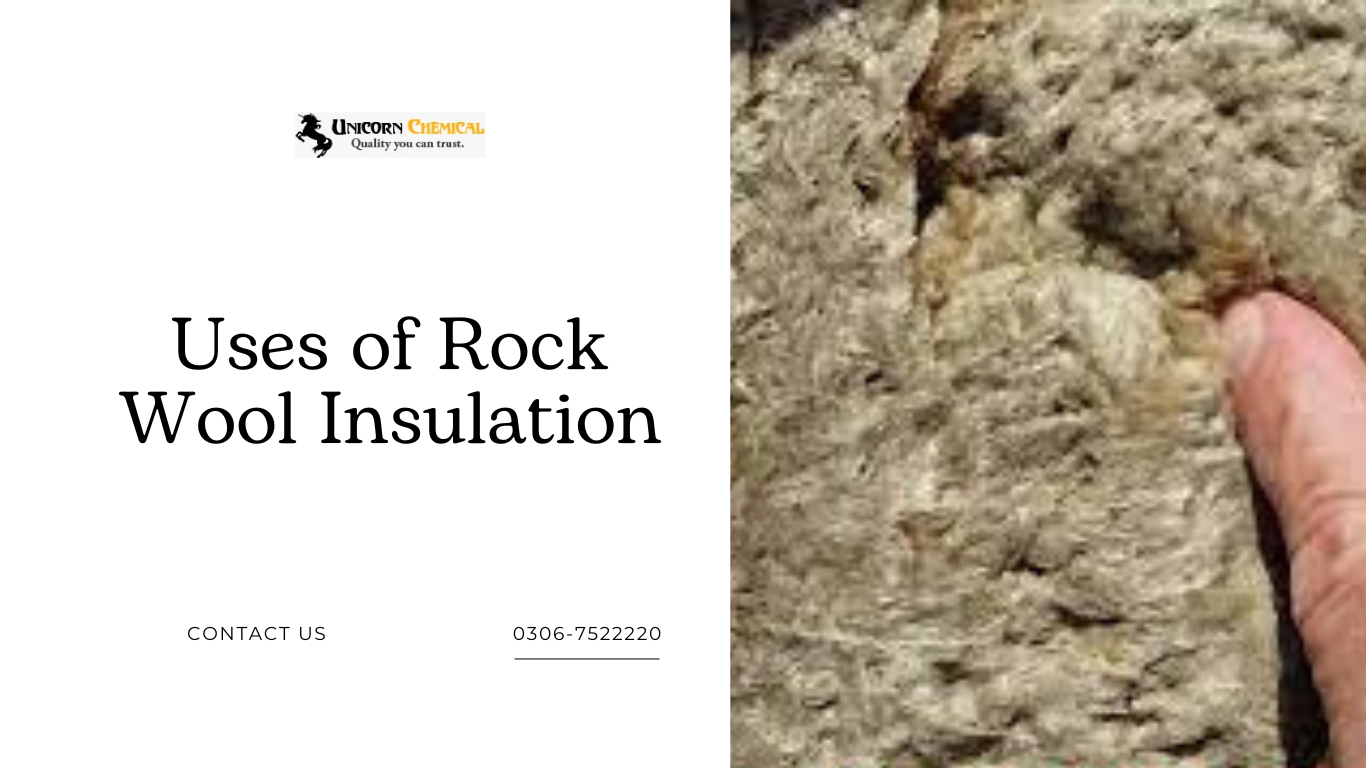Uses of Rock Wool Insulation in pakistan
- Its high thermal efficiency reduces energy bills for heating and cooling in residential buildings. Due to the outstanding thermal resistance of the uses of rock wool insulation. The thermal resistance of a construction material is measure by what’s known as the R-value. Moreover, R-value with a higher number indicating that a substance can better resist thermal transfer. According to the U.S Department of Energy, fiberglass offers an R-value of 2.2 to 2.7 per inch. While Rockwool has an R-value of 3.0 to 3.3 per inch.
- Use of Rock wool insulation offers noise insulation due to its innovative materials. That have higher densities and random fiber standard orientation. Further, trap sound waves and deadens vibration time. For this reason it is perfect choice for spaces where the occupants are looking to minimize noise. Furthermore, such as offices, bedrooms, meeting rooms or accommodation close to busy roads.
- It offers fire protection to the building and improve safety because it is made of rock that is fire resistant.
- Rockwool is a breathable material allowing moisture to escape from the construction. This reduces the risk of mound and bacterial growth on the inside of the property.
- It constitutes a compression-resistant material that can be use as roofing boards or bonded panels. So it is ideal for thermal applications on domestic buildings such as extensions and loft conversions. It also useful for buildings subject to change of use or layout. And there is a need to add internal partitions.
- It offers quick and easy installation providing airtightness to the building envelope.
- Improves the thermal comfort and air quality of the building offering a healthier environment to the occupants.
- Provides long term performance due to the unrival durability of rock that has unlimit lifetime. Therefore, there is no need for maintenance increasing the payback time of the intervention.
- It has minimum environmental impact because it reduces carbon footprint due to its natural origin and hazardous-free classifications that offer minimum embodied carbon. Additionally, it reduces the use of non-renewable energy sources such as gas and electricity contributing to air pollution reduction.
- Rockwool itself is source from natural and sustainable raw materials and perhaps more importantly it can be completely recycle when the building is no longer in use without producing waste – All of the Rockwool waste can be reuse as a raw material in the manufacturing process, producing brand new insulation.





